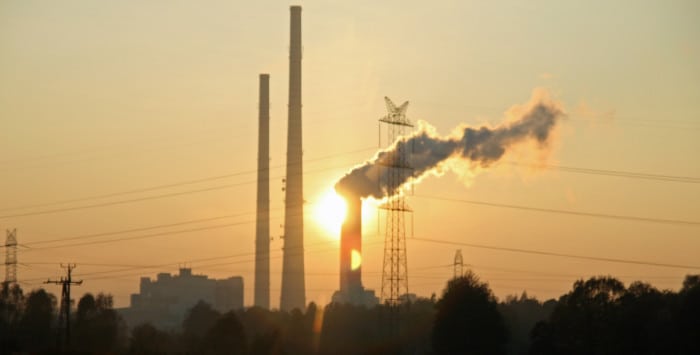
The current moratorium on coal leasing on federal lands could conclude well before or well after the three years estimated by the Interior Department, Secretary Sally Jewell told lawmakers Tuesday. “Three years is not a fixed timeline, [the moratorium] is tied to the programmatic [environmental impact statement]. The more cooperation we get, the quicker we’ll get it done,” the secretary said.
The Interior Department announced in mid-January it would issue no new coal leases on federal lands while completing a programmatic EIS of the U.S. coal leasing program. The review is intended to determine if the program is properly structured to provide a fair return to taxpayers, reflects its impacts on the environment, and will continue to help meet the nation’s energy needs. The agency last conducted a PEIS for the federal coal program in 1983-1984. That review process also included a pause on coal leasing, as did the previous four. Currently, approximately 41 percent of the nation’s annual coal production comes from federal land.
Jewell explained that the three-year estimate was derived from looking at how long such a study has taken to conduct in the past. “If [the PEIS] is done quicker, the pause ends, if it goes longer, the pause continues. If you look at the times that this has been done before … in some cases it took something like six or seven years, in other cases it may have been shorter,” Jewell explained during a hearing of the Senate Energy and Natural Resources Committee.
Jewell’s answer was less than ideal for Sen. Steve Daines (R-Mont.), who described the moratorium as a “direct assault” on his state. “Our state relies on production of coal including federal coal to support our state’s essential services. … It’s creating a significant problem for Montana, in fact, a crisis,” Daines said. The lost revenue from coal leasing, as well as a decrease in coal jobs, would significantly impact the state, according to Daines. Federal coal produced from the Powder River Basin in Montana and Wyoming accounts for over 85 percent of all federal coal production.
Daines, claiming that a PEIS could be completed in two years, requested that the Interior Department commit to finishing the study in no more than three.
“If we could do a programmatic environmental impact statement in two years, that would be terrific,” Jewell responded. “If it can be done faster, we will certainly do it faster, but based on our experience for programmatic EISs, they do take typically around three years.”
Jewell further noted that with a new administration will come a new Interior Department leadership. “I can’t commit to my successor on a time frame, but I can reassure that we will complete this as quickly as we possibly can.”
The other side of the aisle had a different take on the moratorium, applauding the department for the move. “This programmatic EIS is long overdue. It has been 37 years since the current EIS was written. I think 37 years was long enough, so I’m thankful this process is underway,” Ranking Member Maria Cantwell (D-Wash.) said in her opening statement.
Cantwell later stated that to her knowledge the federal government is under no obligation to approve new leases. “I don’t think there’s anything in federal statute that mandates that the federal government lease a certain amount of coal off of federal lands. I don’t think there’s any mandate there,” she said.